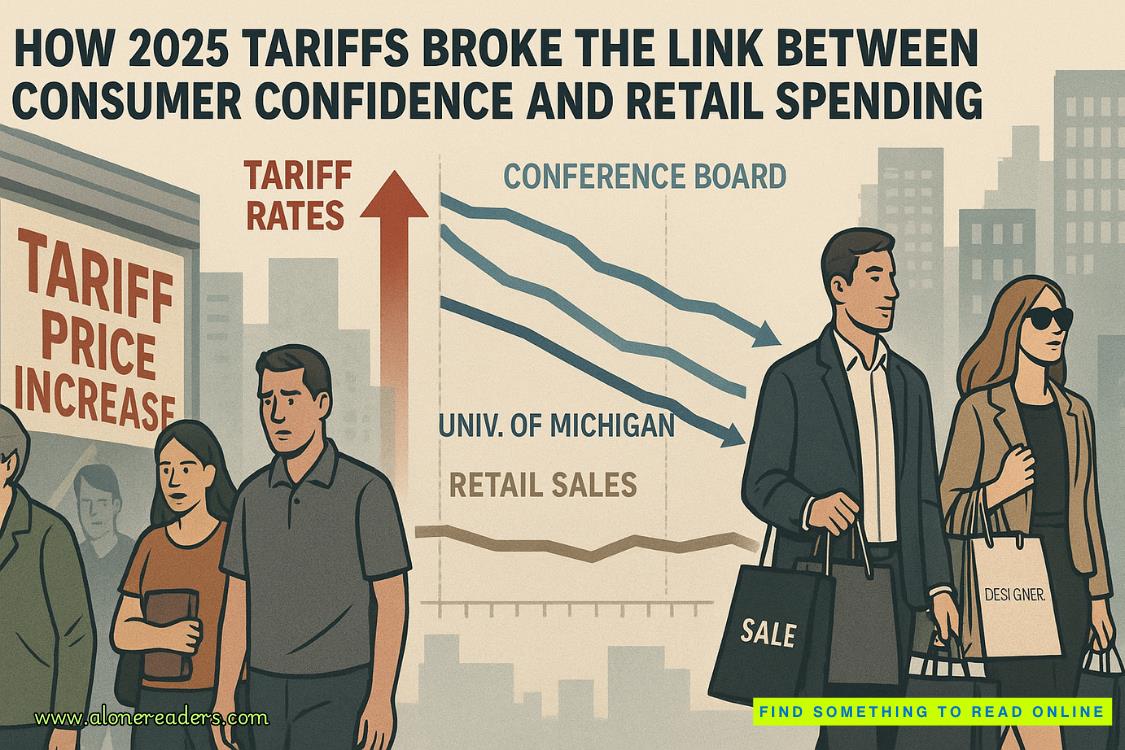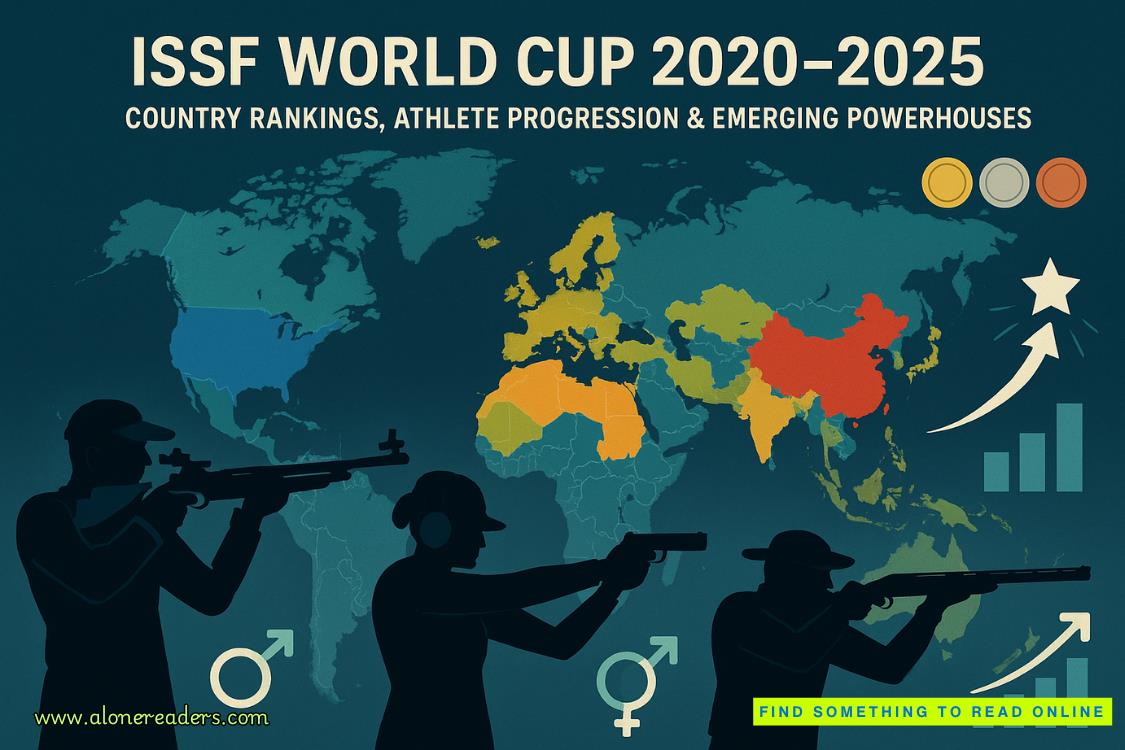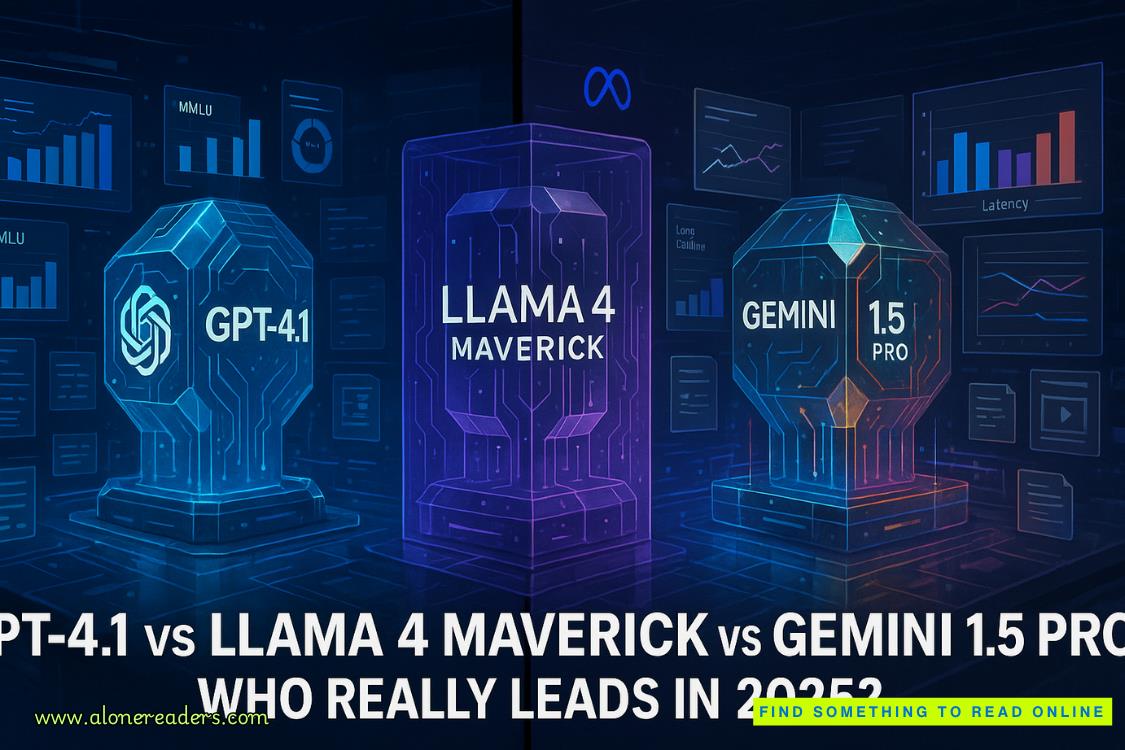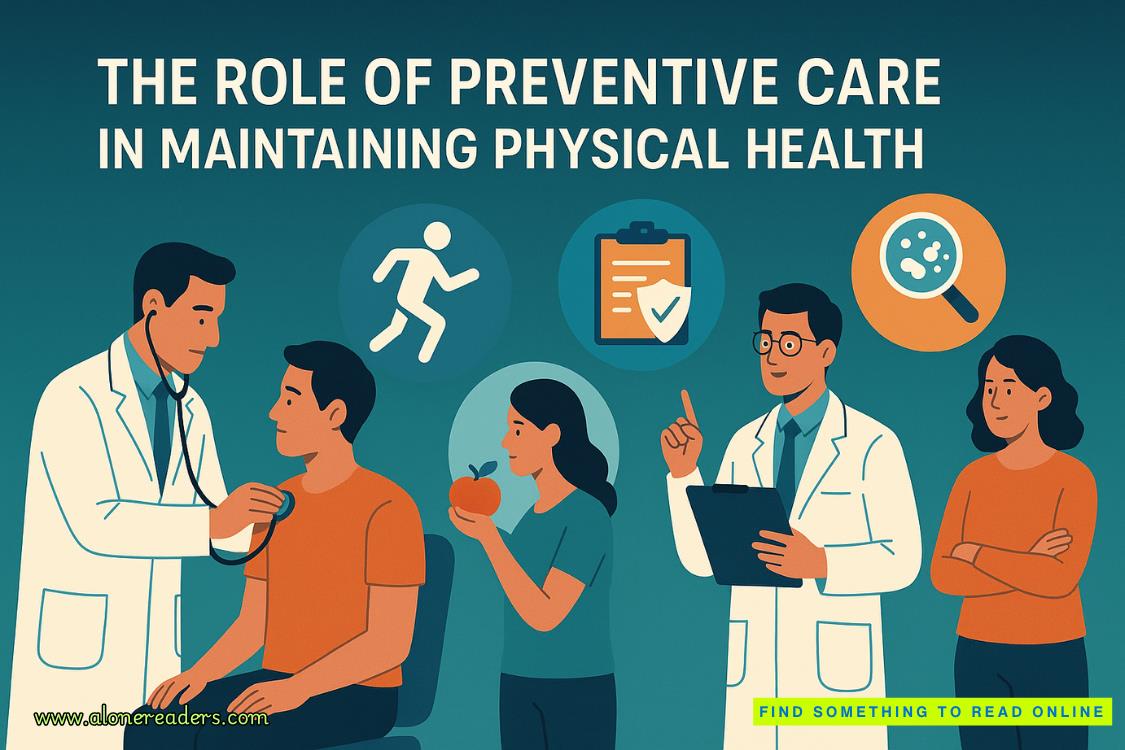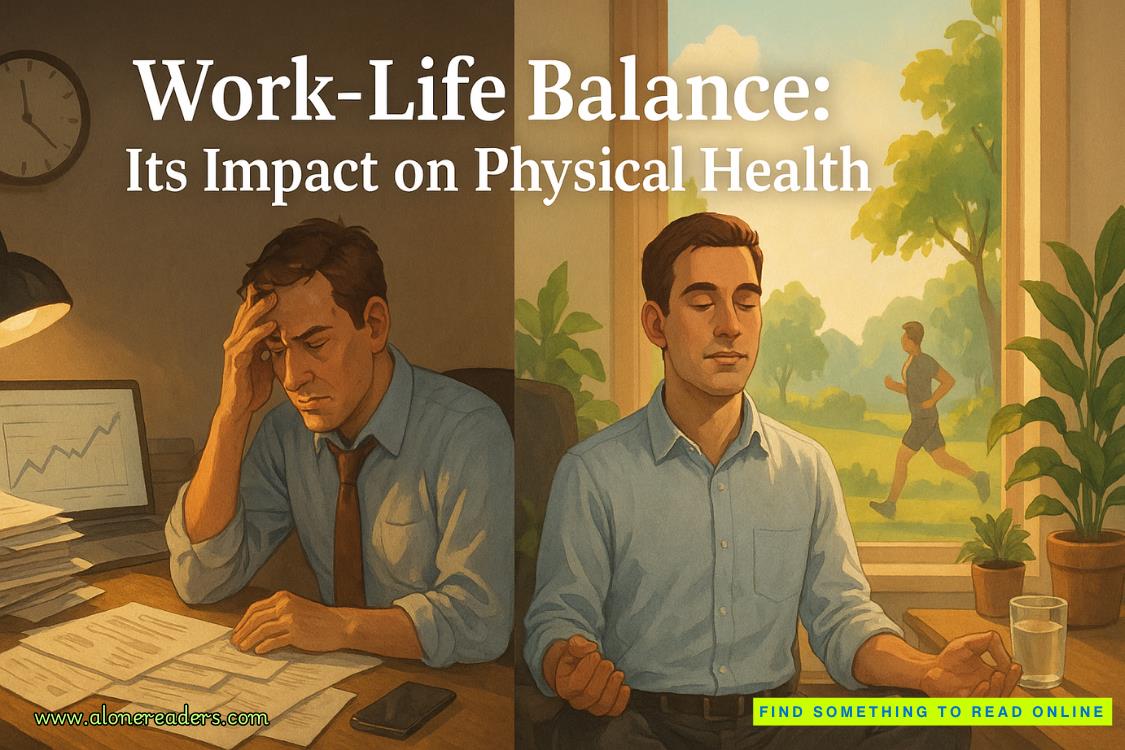Page 21 of Project Hail Mary
Well, if the image of the sun is real-time, then the sunspot will get larger or smaller on-screen as I travel. So I just have to wait until I know if it’s real-time. That’ll take about an hour. I start the stopwatch.
I acquaint myself with the million other screens in the little room. Most of them have something to say, but one of them just shows an image of a circular crest. I think it’s probably an idle screen or something. If I touch it, that computer will wake up. But that idle screen might be the most informative thing in here.
It’s a mission crest. I’ve seen enough NASA documentaries to know one when I see one. The circular crest has an outer ring of blue with white text. The text readsHAIL MARYacross the top andEARTHacross the bottom. The name and “port of call” for this vessel.
I didn’t think the ship came from somewhereotherthan Earth, but okay. Anyway, I guess I finally know the name of this ship I’m on.
I’m aboard theHail Mary.
Not sure what to do with that information.
But that’s not all the crest has to tell me. Inside the blue band, there’s a black circle with weird symbols inside: a yellow circle with a dot in the middle, a blue circle with a white cross, and a smaller yellow circle with a lowercaset. No idea what any of that is supposed to mean. Around the edge of the black area it says: “?,” “???????,” and “GRACE.”
The crew.
I’m “Grace,” so those other two must be the names of the mummies in the bunks downstairs. A Chinese person and a Russian person. The memory of them is almost at the surface, but I can’t quite pull it up. I think some internal defense mechanism is suppressing it. When I remember them, it’s going to hurt, so my brain refuses to remember them. Maybe. I don’t know—I’m a science teacher, not a trauma psychologist.
I wipe my eyes clear. Maybe I won’t push too hard for that memory just yet.
I have an hour to kill. I let my mind wander to see what else I can remember. It’s getting easier and easier.
—
“I’m not one hundred percent comfortable with all this,” I said. My voice was muffled by the full hazmat suit I wore. My breath fogged up the clear vinyl face-window thingy.
“You’ll be fine,” said Stratt’s voice over the intercom. She watched from the other side of double-paned, very thick glass.
They’d made a few upgrades to the lab. Oh, the equipment was all the same, but now the entire room was air-sealed. The walls were lined with thick plastic sheets, all held together with some kind of special tape. I saw CDC logos everywhere. Quarantine protocols. Not at all comforting.
The only entry now was through a big plastic airlock. And they made me put on the hazmat suit before going in. An air line led to my suit from a spool in the ceiling.
All the top-of-the-line equipment was ready for whatever I wanted to do. I’d never seen a lab so well stocked. And in the middle was a wheeled cart holding a cylindrical container. Stenciled writing on the cylinder read???????. Not deeply useful.
Stratt wasn’t alone in the observation room. About twenty people in military uniforms stood with her, all looking on with interest. There were definitely some Americans, some Russians, a few Chinese officers, plus many more unique uniforms I didn’t even recognize. A large international group. None of them said a word, and by some silent agreement, they all stayed a few feet behind Stratt.
I grabbed the air hose with my gloved hand and gestured to Stratt with it. “Is this really necessary?”
She pressed the intercom button. “There’s a very good chance the sample in that cylinder is an alien life-form. We’re not taking any chances.”
“Wait…you’renot taking any chances. But I am!”
“It’s not like that.”
“How is it not like that?”
She paused. “Okay, it’s exactly like that.”
I walked to the cylinder. “Did everyone else have to go through all this?”
She looked at the military people and they shrugged at her. “What do you mean by ‘everyone else’?”
“You know,” I said. “The people who transferred it to this container.”
“That’s the sample container from the capsule. It’s three centimeters of lead surrounding a shell of centimeter-thick steel. It’s been sealed since it left Venus. It has fourteen latches you’ll need to open to get to the sample itself.”
I looked at the cylinder, back to her, back to the cylinder, and back to her. “This is some bull-puckey.”
“Look at the bright side,” she said. “You’ll be forever known as the man who made first contact with extraterrestrial life.”
